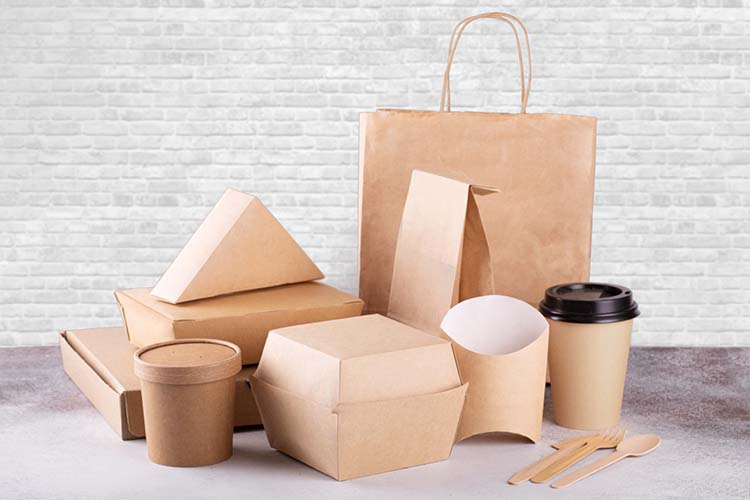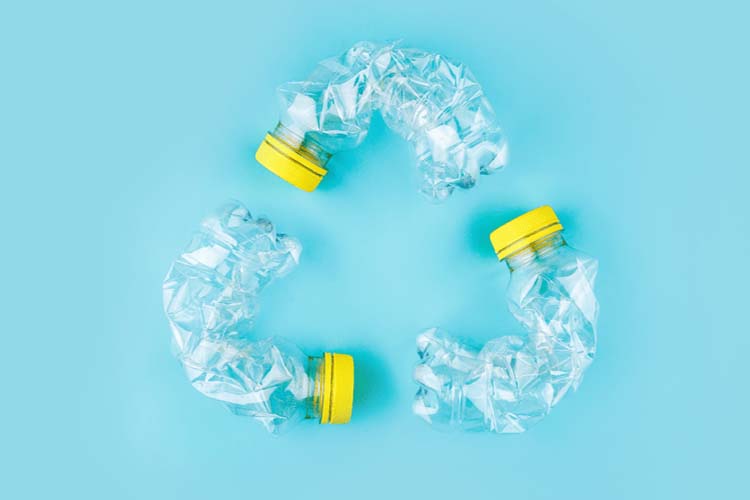Is biodegradable packaging really sustainable
In a survey of 6,000 consumers in 11 countries, nearly 72% said they were buying more eco-friendly products than they did five years ago, and 81% said they expected Will buy for more years. Multiple surveys and studies show that consumers are increasingly demanding more environmentally friendly packaging options.
Packaging plays a vital role in this and consumers pay more attention when choosing a product because they pay more attention to the packaging and what to do with it. However, some labels on packaging can be misleading, for example simply stating “biodegradable” doesn’t tell us anything about the true biodegradability of the product.
In this article, we’ll explore the truth about biodegradable packaging and discuss whether it’s really eco-friendly.

What is biodegradable packaging?
First of all, what does the term biodegradable mean? A biodegradable is a substance or object that can be broken down by bacteria or other organisms to avoid contamination.
When it comes to biodegradable packaging, there are different types and most are made from plant-based materials. For example, paper and cardboard are derived from wood, which involves cutting down trees from renewable resources so they can be replanted. Since it is made from plant sources, and depending on the manufacturing process, the material will have the ability to break down and return to nature, so it is technically considered biodegradable. Another biodegradable packaging comes in the form of bioplastics, a group of polymers derived from renewable raw materials such as starch, cellulose, lactic acid, and various other plant-based materials.
How does biodegradable packaging help the environmental?
Because biodegradable packaging materials are made from recycled materials rather than plastics and chemicals, they are better for the environment. Since the packaging is environmentally friendly, it reduces resource consumption and material waste.
How long does it take for biodegradable packaging to break down?
Just because a product says “biodegradable” doesn’t mean it’s good for the environment. A coffee mug might have a logo that says “biodegradable,” but if it’s just sitting on the beach waiting somewhere, it could take decades to disappear.
For something to be biodegradable, it needs to be able to biodegrade so that it breaks down completely before being absorbed by nature. Below, we’ll reveal how long it takes for each material to decompose:
# Waste paper
Waste paper only takes about a month or even a few weeks to decompose in a landfill. The problem with paper is volume and quantity, as waste paper takes up more space in landfills than any other product.
# Cardboard
For cardboard, the speed at which the cardboard breaks down depends on the type. Processed cardboard, like milk and juice cartons, are waxed and sealed, so take about 3 years, but can be extended by their water resistance. Corrugated cardboard decomposes faster, but only 4-6 months if placed in a compost bin. Generally, cardboard decomposes slower in a year or two – however, it will decompose faster if exposed to extreme weather conditions like heavy rain, as this can cause it to erode.
# Plastic
Although all plastics are biodegradable, the process takes a very, very long time. Traditional plastics like PET do not easily break down or biodegrade because PET is made with chemicals that bacteria cannot consume. One of the other most common contaminants is plastic bags, since they take ten years to decompose, discarded thin plastic bags can last up to 1000 years! It takes 50 years for plastic cups to decompose and 450 years for plastic bottles to go to landfill.

The problem of biodegradable packaging
Most plastic packaging options labeled as “biodegradable” are said to be no more environmentally friendly than non-biodegradable plastics. Back in 2015, the United Nations exposed the exaggerated and misleading claims of biodegradable plastic manufacturers and revealed that many biodegradable plastics were merely marketing campaigns that did not really protect the environment.
The UN has highlighted several issues with biodegradable plastics, including:
- Oxygenated degradable plastics produce harmful particles
- Many biodegradable plastics require special handling
- Biodegradable labels encourage littering because people think plastics are environmentally sound, but this is not the case because they require industrial processes and high temperatures that do not occur in the natural environment to degrade
A Greenpeace report also raised the issue in December 2020, saying that most biodegradable plastics are not good and still require specialized handling. They are not designed for recycling, and dedicated recycling channels do not exist. In fact, Greenpeace couldn’t find any biodegradable plastics made from currently recyclable materials and said it was a serious problem because it made biodegradable plastics more harmful than recyclable plastics.
As a strong and reliable packing machine manufacturer, Henan Top Packing Machinery Co., Ltd has been always involved in the research and manufacturing of various biodegradable materials and advanced packaging technologies. We believe we could do better in this issue and provide excellent sustainable packaging solutions.
